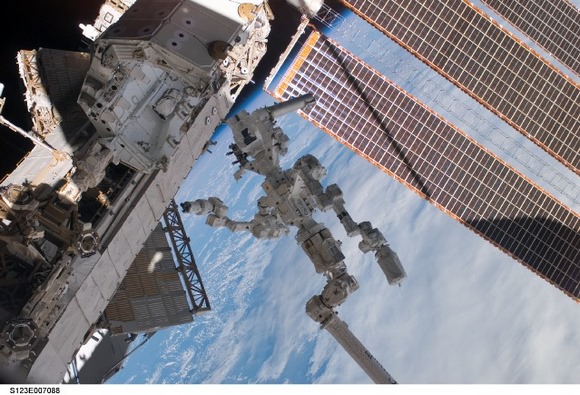[/caption]
NASA has developed a new cloud computing project based on open source components that provides high capacity computing, storage, and networking. Called NEBULA, the space agency said the cloud project could be used in support of space missions, as well as for education, public outreach and input, and collaborations. NASA said NEBULA is a more open Web strategy designed to give the public greater participation in the space program.
Currently, the NEBULA cloud is being used to host a website, Nebula.nasa.gov.
On that site, NASA says the “fully-integrated nature of the NEBULA components provides for extremely rapid development of policy-compliant and secure web applications, fosters and encourages code reuse, and improves the coherence and cohesiveness of NASA’s collaborative web applications.” It integrates open source components into a seamless, self-service platform.
“Built from the ground up around principles of transparency and public collaboration, Nebula is also an open source project,” according to NASA.
NASA describes Nebula as a combination of infrastructure, platform, and software as a service, and the space agency has created an IT architecture in support of that. An article in Information Week says the components include the Eucalyptus software developed at the University of California at Santa Barbara, the Lustre file system deployed on 64-bit storage nodes, the Django Web application framework, the SOLR indexing and search engine, and an integrated development environment. Nebula will be compatible with Amazon Web Services, which means AWS-compatible tools will work with it and Nebula virtual servers can run on Amazon’s Elastic Compute Cloud.
In a paper written by Chris Kemp, CIO of NASA’s Ames Research Center Kemp of NASA Ames, he says NEBULA could be used for an overhaul of NASA’s many websites, consolidating into a “single facility” with a Web application framework that would include templates for user-generated blogs, wikis, and other content.
Kemp wrote that such an approach would support the public’s desire to be more actively engaged with NASA and its space missions.
Sources: NEBULA, Information Week



